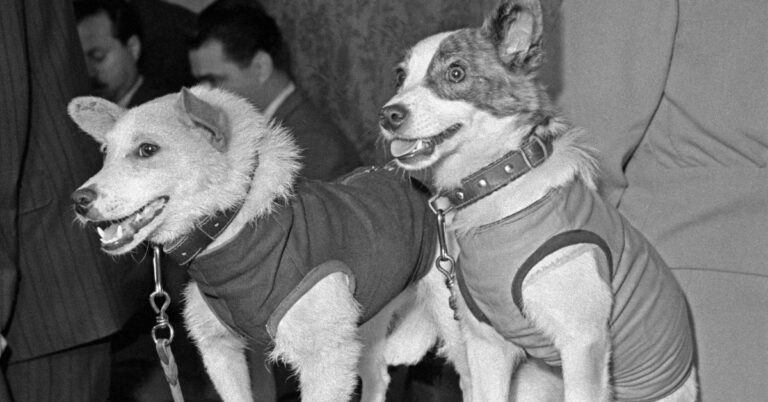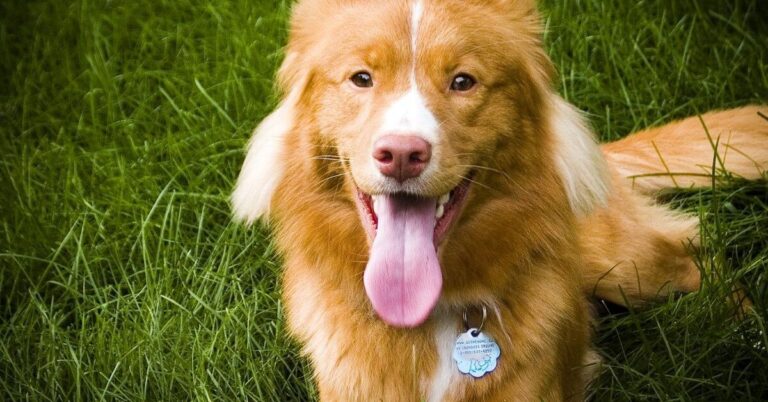15 Signs Your Dog Is Overly Protective of You

While it’s natural for dogs to be protective of their owners, sometimes, this instinct can go overboard. An overly protective dog can exhibit behaviors that indicate they’re taking their role as protector too seriously, leading to social issues or even within the household. Let’s take a closer look at 15 signs your dog might be overly protective and what they could mean.
Growling at Strangers
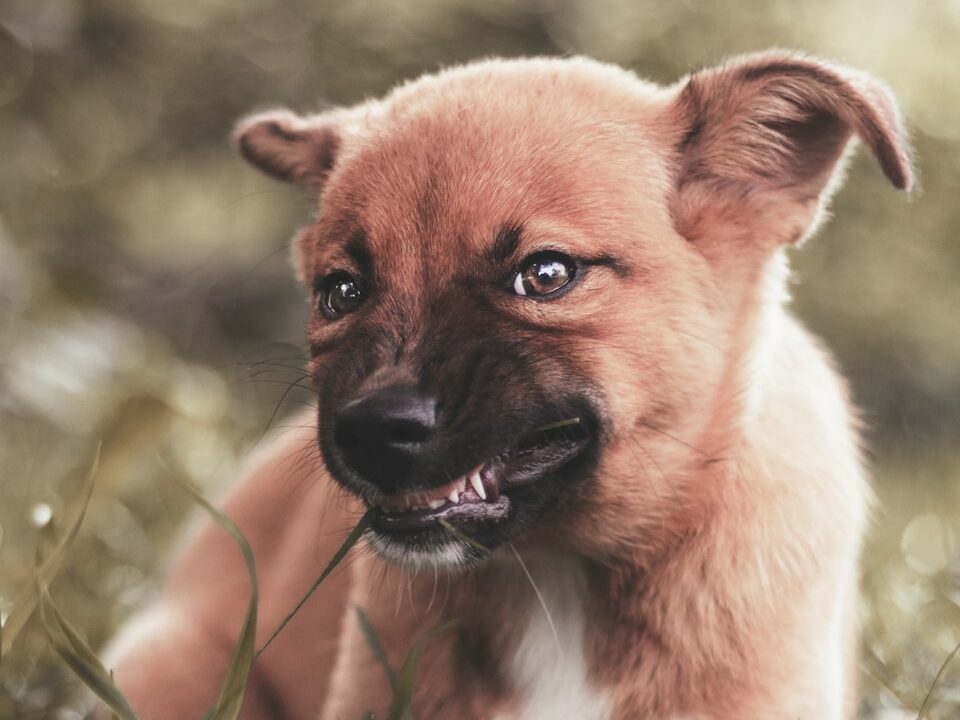
If your dog growls every time a stranger approaches, it’s a sign that they feel the need to warn off potential threats. While a low growl is often a dog’s way of communicating discomfort or anxiety, frequent growling at people who mean no harm suggests that your dog perceives even normal interactions as dangerous. This can become problematic, especially in public places where your dog meets many new people.
Blocking Access to You
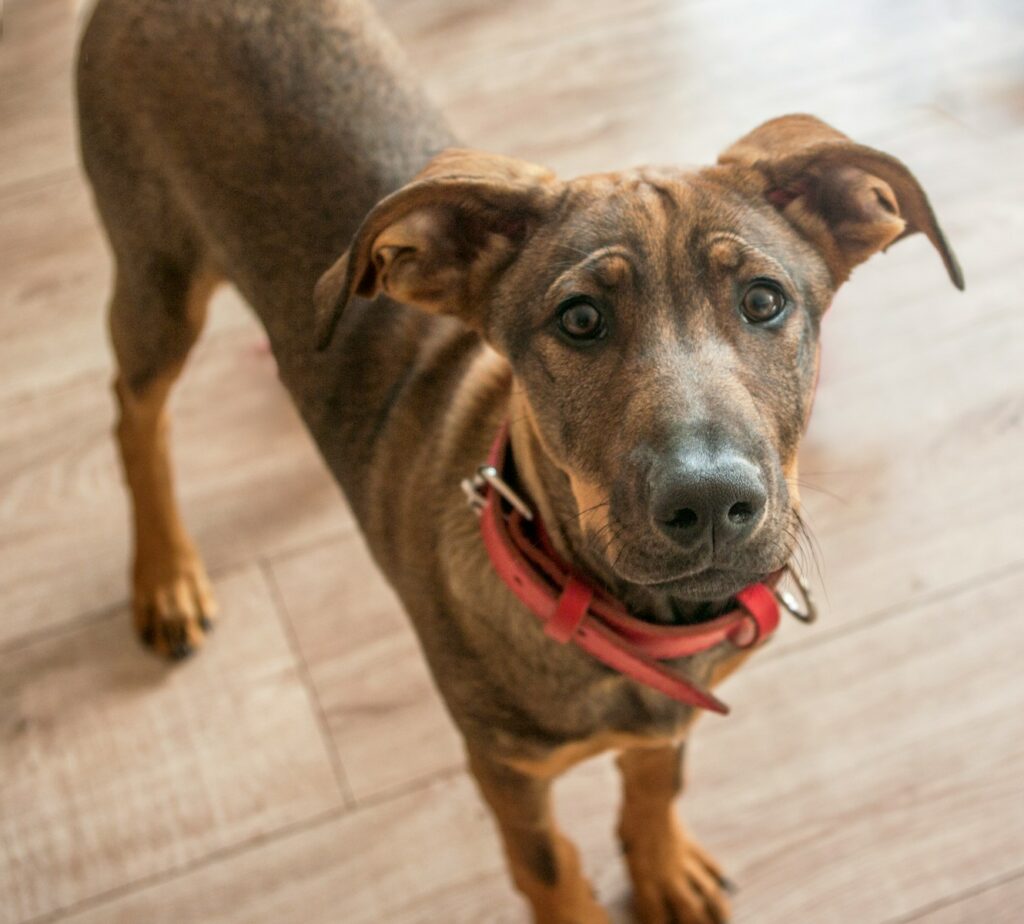
Does your pup often place themselves between you and others, almost as if they are trying to shield you? This is a clear sign of overprotectiveness. Whether at home or in public, a dog that steps in front of you or physically prevents someone from getting near is acting as a “guard.” Over time, your dog can begin to block access to anyone they don’t trust, making it hard for friends, family, or even other pets to interact with you.
Barking Excessively Around Others
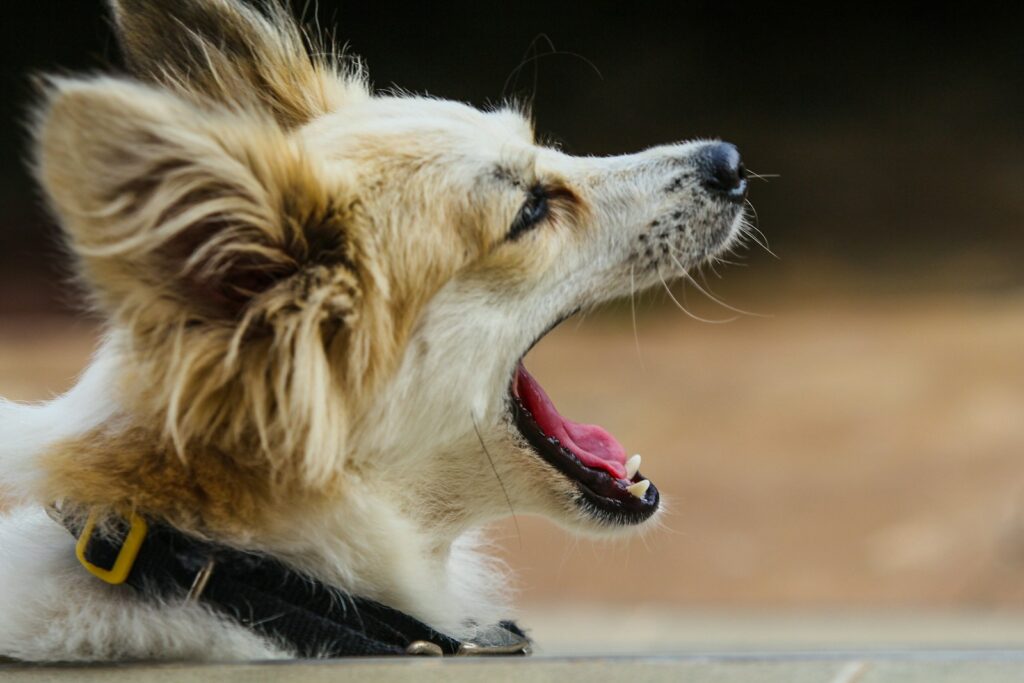
All dogs bark, but excessive barking every time someone approaches is a strong sign of overprotectiveness. Your dog may bark loudly at anyone who comes close, whether they are familiar or not, signaling their discomfort with having others near you. This type of behavior is often a result of your dog believing it’s their job to alert you to every potential threat, which can make social situations stressful. If not managed, it can also make visitors or passersby anxious, creating unnecessary tension.
Lunging at People or Other Animals

Lunging is a more aggressive form of protective behavior that can be alarming. When a dog lunges at someone or another animal, they are trying to physically remove the threat from their vicinity. This usually happens when your dog feels that someone or something is getting too close to you. While they may not always intend to bite, the act of lunging is dangerous and means that your dog feels the need to intervene physically.
Hypervigilance
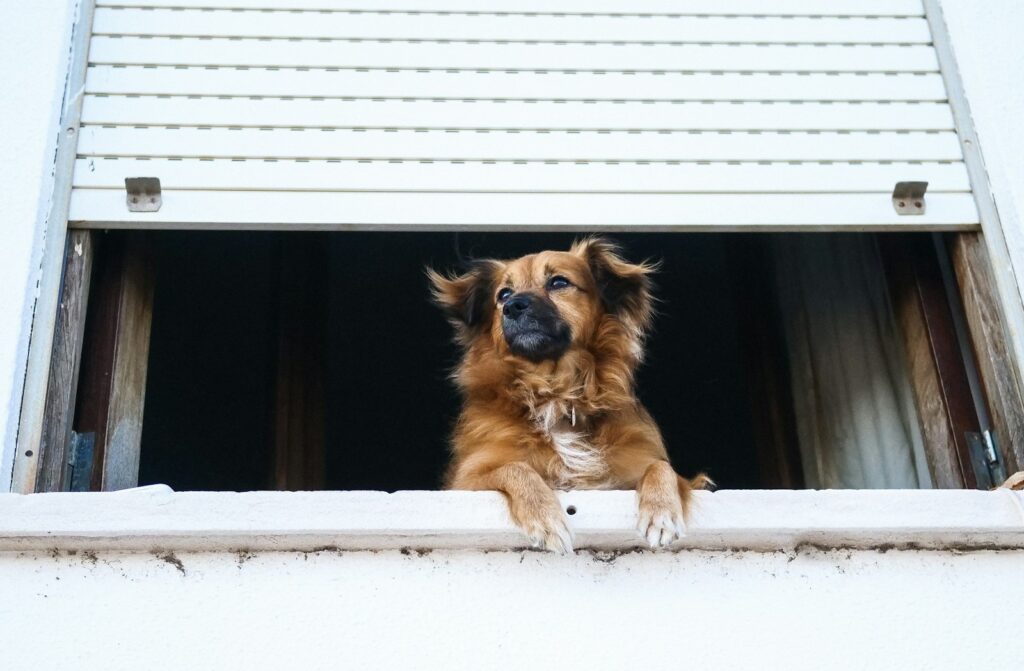
An overly protective dog often displays signs of hypervigilance, constantly scanning the environment and reacting to even the slightest changes. If your dog seems unable to relax, always watching doors, windows, or checking around corners, they are likely in a heightened state of alertness. This constant state of readiness can be exhausting for both you and your dog. It also suggests that your dog doesn’t feel safe unless they’re in control, which can strain their mental and physical well-being.
Snapping at People Who Get Too Close
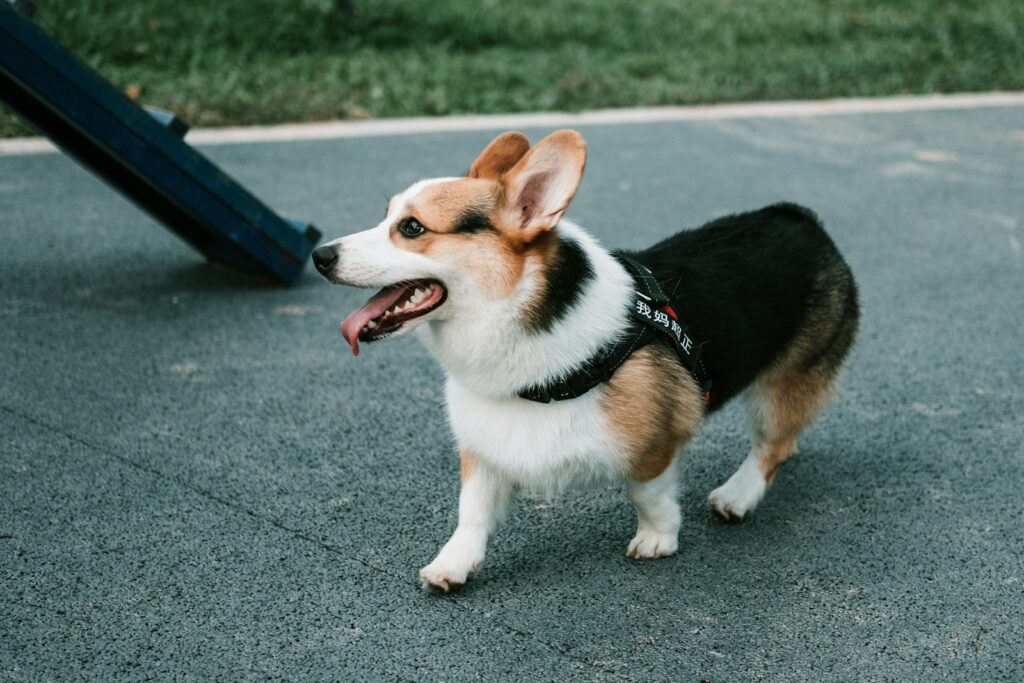
If your dog snaps at anyone who reaches out to you or comes close, it’s a clear sign that they see themselves as your personal protector. This is more than just growling or barking—snapping is an aggressive behavior that can escalate quickly. It’s often triggered by someone trying to hug you, shake your hand, or get physically close. Even though the dog’s intention is to protect, this kind of aggressive reaction can lead to dangerous situations, especially if your dog snaps at children or unfamiliar guests.
Overreacting to Your Movements

Dogs that are overly protective may overreact to even small, sudden movements. If your dog becomes highly alert, growls, or barks whenever you move quickly—such as standing up, reaching for something, or turning around—they may be interpreting these actions as a sign of distress. In their mind, your movements indicate you’re in danger, prompting them to jump into “protector mode.”
Refusing to Leave Your Side
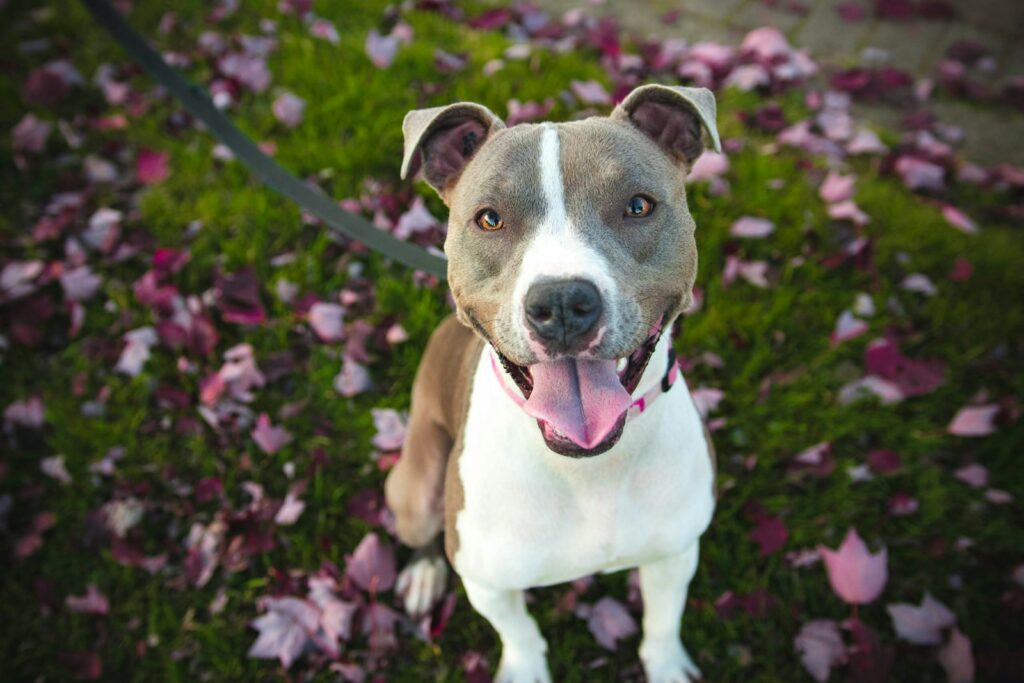
It’s natural for dogs to want to stay close to their owners, but when they refuse to leave your side at any time, it can signal overprotectiveness. A dog that follows you from room to room stands guard while you sleep or becomes anxious if you leave them in another room and might feel the need to constantly monitor your safety. This behavior can become exhausting for your dog and can cause separation anxiety if not addressed.
Becoming Aggressive Toward Family Members
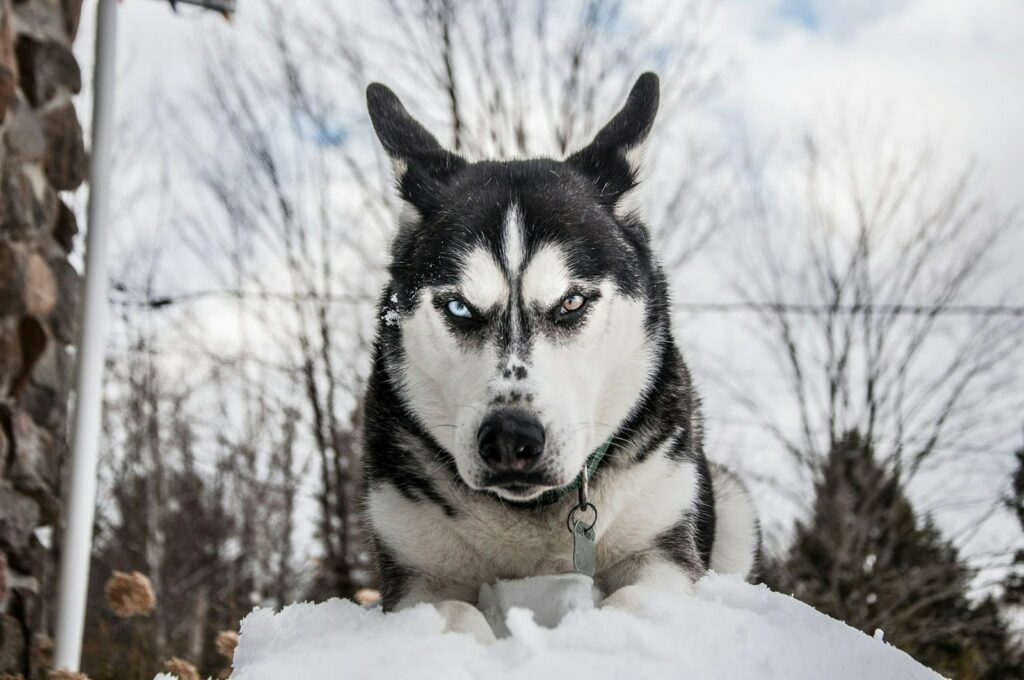
An overly protective dog may start to see even your own family members as potential threats, especially if they approach you unexpectedly or try to interact with you. This behavior can manifest as growling, snapping, or barking at people who live in the house or visit frequently. If your dog is protective to the point of not allowing others to come near you, it’s a sign that they see their role as your guardian too seriously.
Stiff Body Language

Body language is one of the clearest indicators of how a dog is feeling. An overly protective dog often displays a stiff, tense body posture when they feel someone approaching you. You may notice their muscles tighten, their tail may be stiff or low, and their ears may be pinned back. They may also stand directly in front of you or position themselves between you and others.
Guarding Behavior at Home

A dog that displays guarding behavior in the home may stand watch by the door, windows, or wherever you are. They bark at every sound, whether it’s a car passing by or a neighbor walking nearby. This constant guarding can make your dog feel they are responsible for protecting the entire household from every potential threat. Over time, this behavior can increase their stress levels and make it difficult for them to relax.
Showing Signs of Anxiety
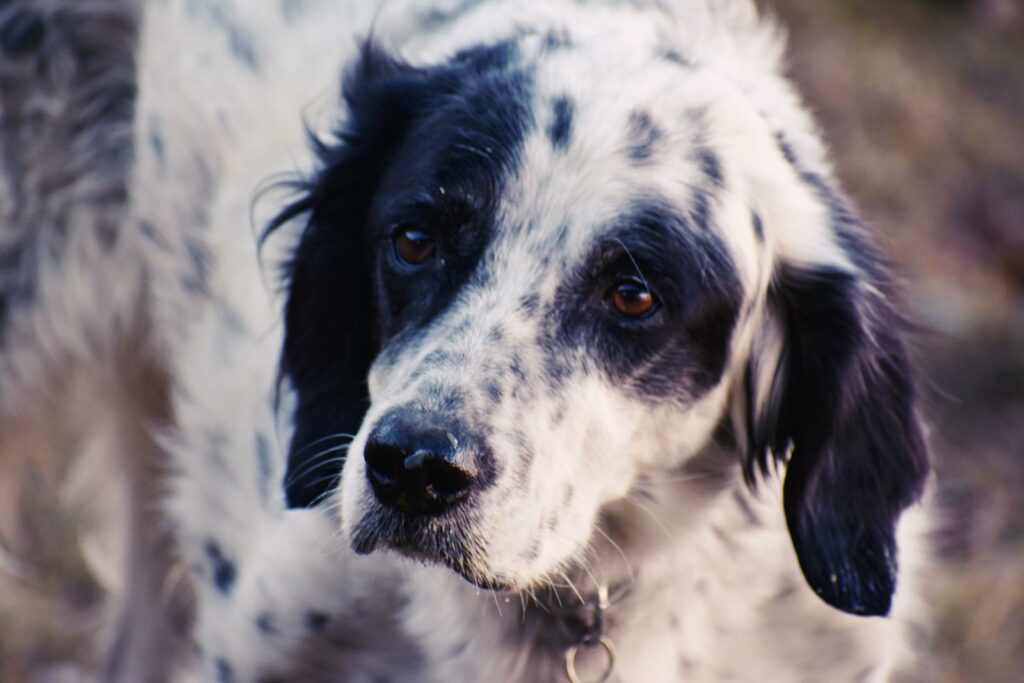
Dogs that are overly protective often exhibit signs of anxiety, especially when they’re unsure of what’s happening around you. They may whine, pace, or act restlessly when strangers approach or when they sense something unfamiliar. This anxiety comes from their heightened sense of responsibility for your safety. They feel they must be in control at all times, which can make it hard for them to remain calm.
Overly Protective of Your Personal Space

Some overly protective dogs will not allow others to enter your personal space, such as your bed, sofa, or even your car. They may growl or snap at anyone who tries to come near areas they associate with you. This behavior suggests that your dog sees your personal space as part of their territory, and they feel the need to guard it against intruders.
Difficulty in Socializing with Others
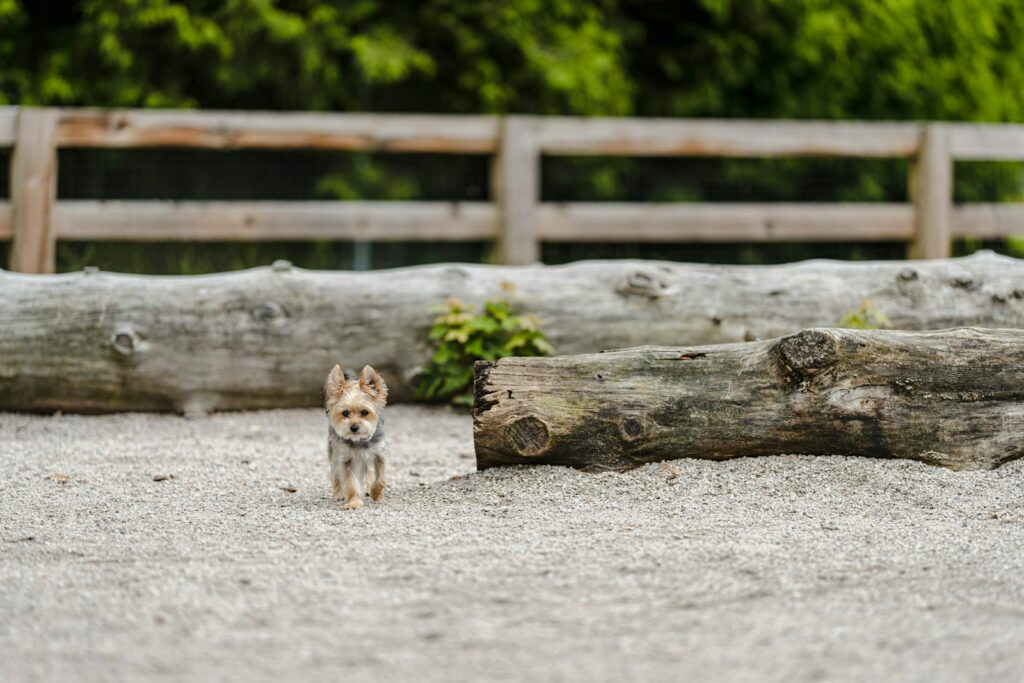
Overly protective dogs often struggle with socializing, particularly around new people or pets. They may bark, growl, or lunge at anyone who tries to interact with you. This makes it difficult to introduce them to new situations, as they are always on guard, ready to protect. Their inability to socialize can lead to isolation for both you and your dog, as it becomes harder to take them to social events or even on walks without encountering problems.
Reluctance to Let Others Approach You
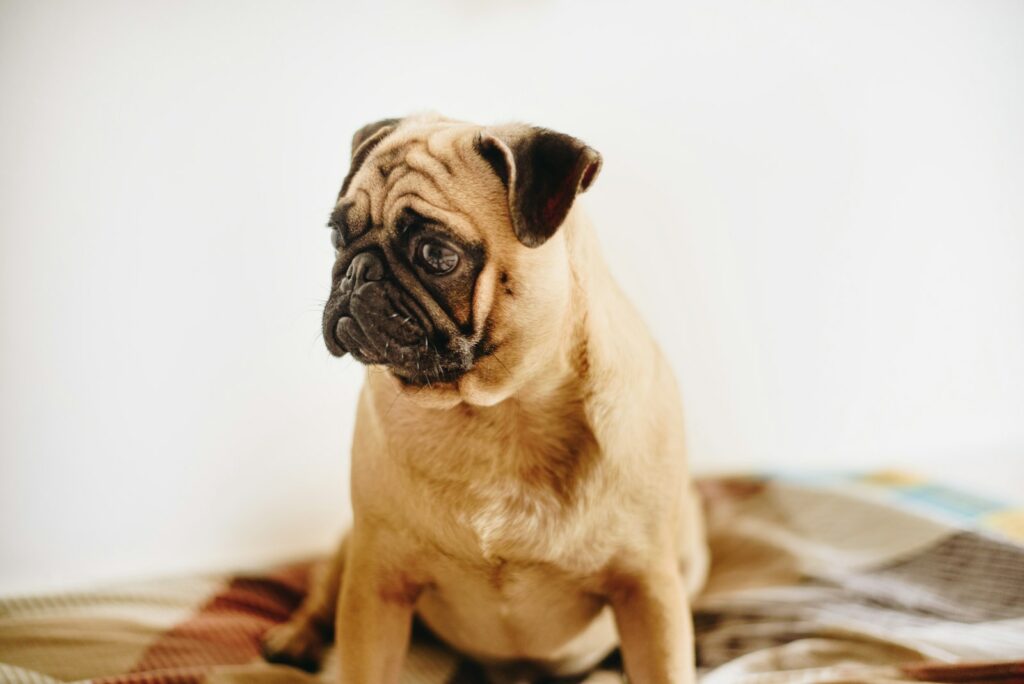
If your dog consistently blocks others from approaching or interacting with you, they are displaying clear signs of overprotectiveness. They may step between you and another person, growl, or physically push the other person away from you. This behavior can escalate into aggression if not managed properly. Dogs that are overly protective often view any approach as a threat, even if the interaction is completely harmless.




